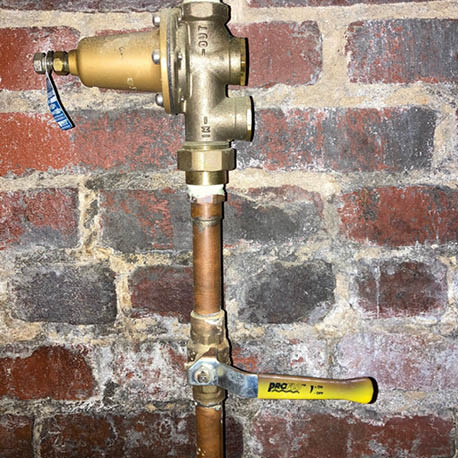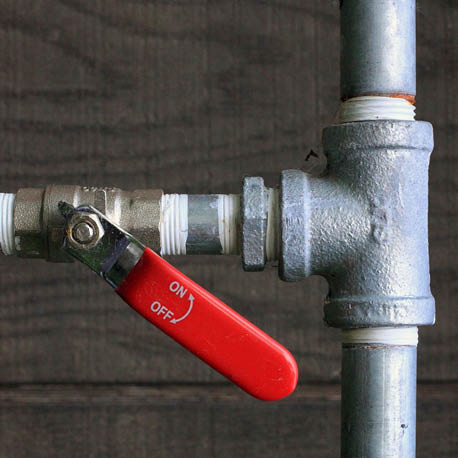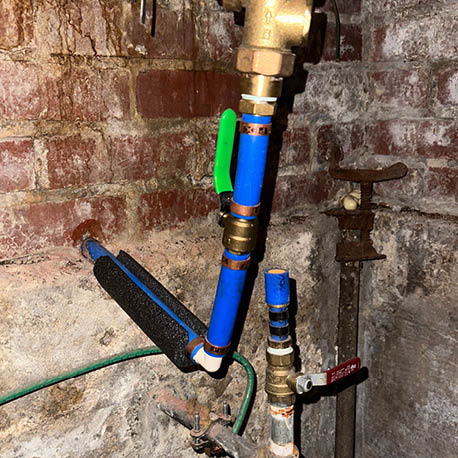The City of Johnson City Water and Sewer Services Department is committed to preserving the quality of our community’s drinking water.
The Department is responding to the Revised Lead and Copper Rule, an Environmental Protection Agency (EPA) regulation requiring that all United States drinking water utility providers inventory service lines to identify materials used by Oct. 16, 2024.
To promptly establish a comprehensive and accurate inventory of water service lines, the Water and Sewer Services Department relies on residential and commercial property owner participation and cooperation.
Plastic, copper, and galvanized pipes are common plumbing materials used in homes built after 1989. In older homes and neighborhoods built prior to 1988, lead may have been used as the plumbing material.
Scroll to the bottom of this page to see examples.
What is a service line?
The water service line entering your residence or commercial property is commonly located in the basement, main floor, or crawlspace. This pipe may emerge from the floor or it might extend from the side wall. The city owns and maintains the service line from the water main to the meter. The service line from the meter to the building is the customer’s responsibility.
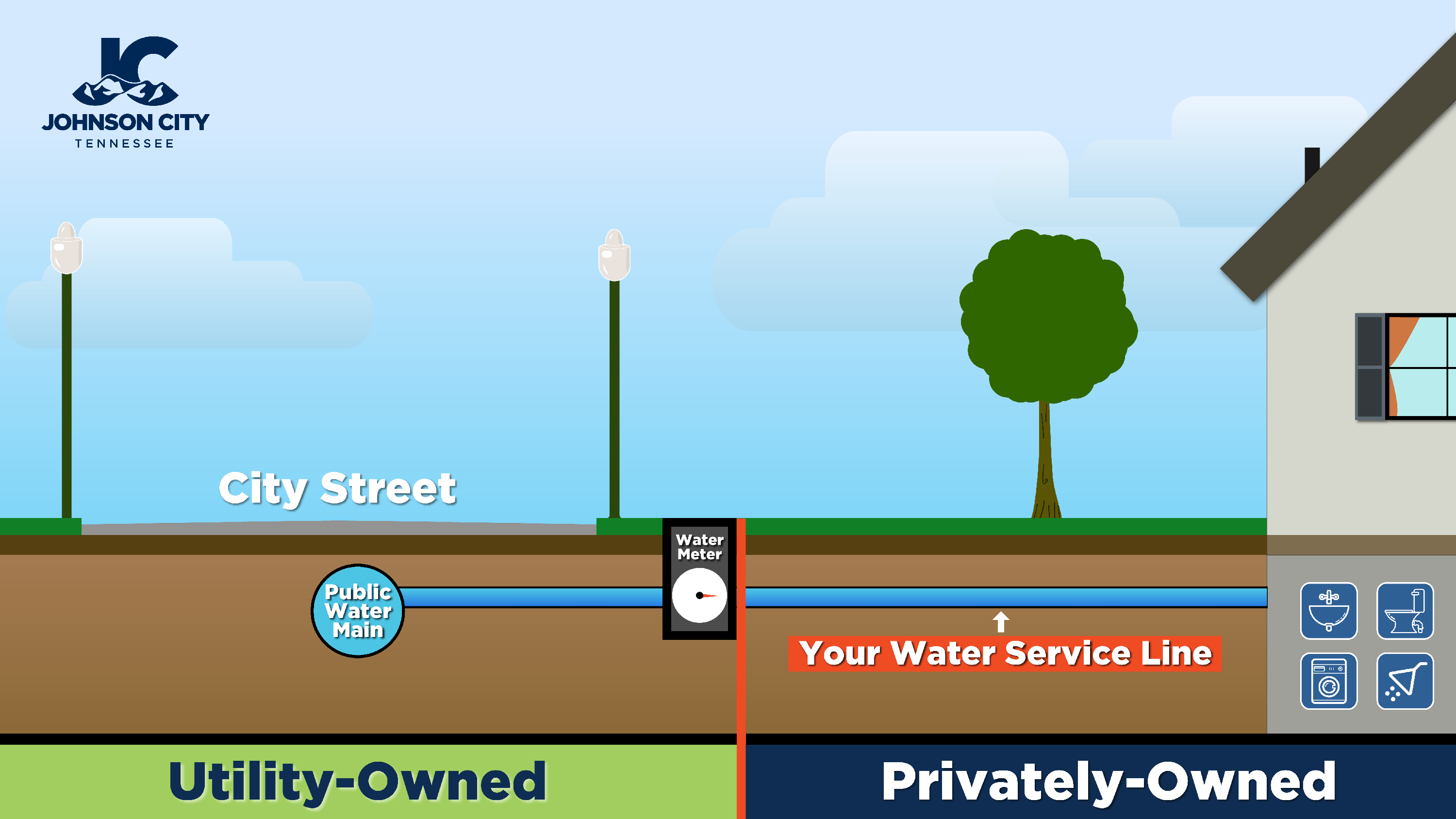
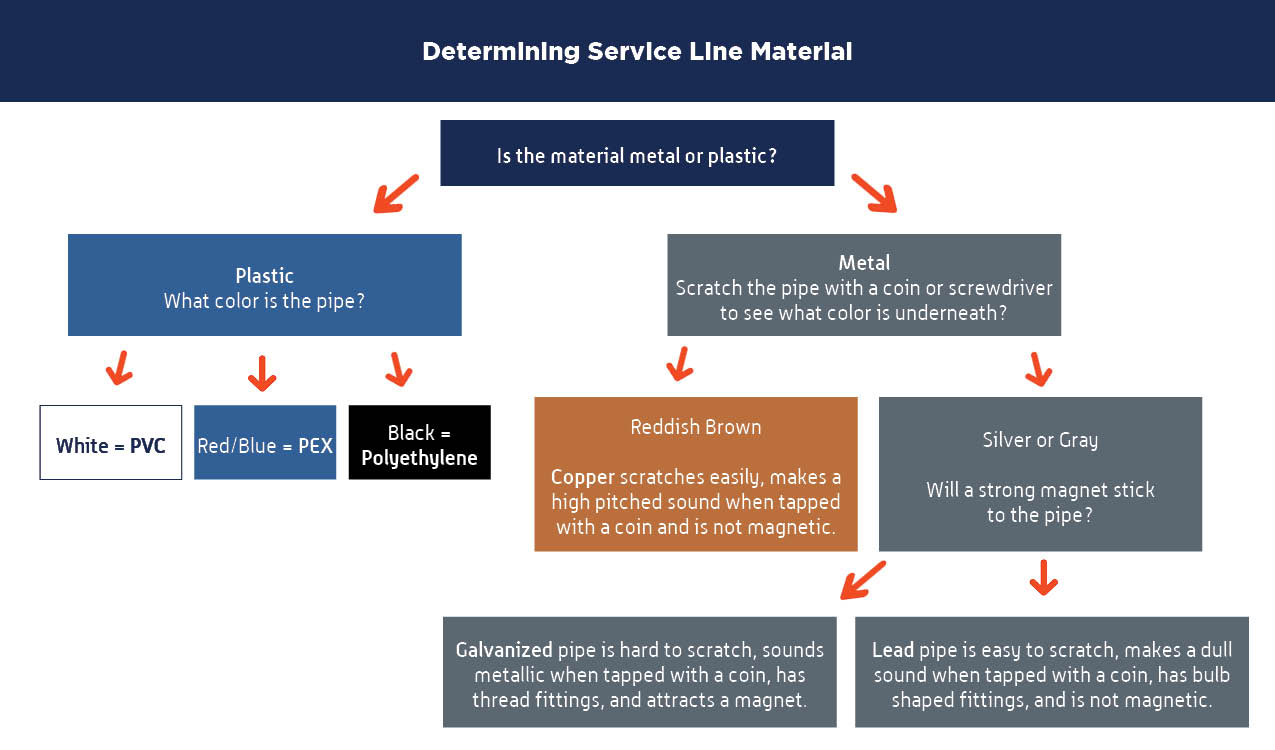
How do I test my metal pipes?
Determining the material of your service line is quick and simple.
- Scratch the surface of the pipe near where it enters the home with a coin or screwdriver. Observe the color and appearance. Galvanized pipes will be hard to scratch. Copper pipes will be the color of a penny. Lead pipes will be easy to scratch and will be gray and shiny.
- Place a magnet on the service line. Magnets will not stick to lead or copper.
- To listen for lead service lines, tap the pipe. Lead will sound dull whereas copper and galvanized pipe make a sharp sound.
- Lead pipes can appear curved or bent with a bulb shape at connecting points. Galvanized pipes will have threaded fittings. Copper pipes will have rigid fittings that are soldered together.
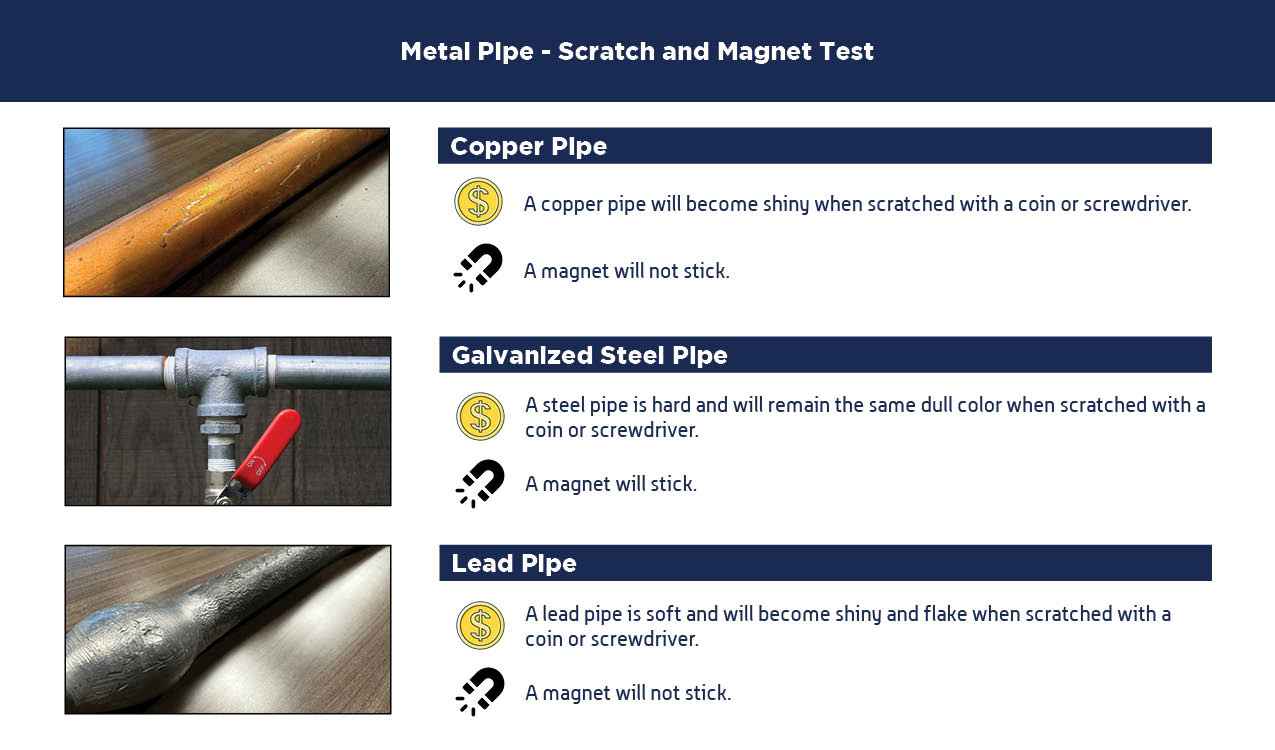
Drinking water utility providers must have an inventory of service lines to meet the EPA’s regulation by Oct. 16, 2024. Once you determine your service line material, you are asked to take a brief survey to help the City meet the EPA’s requirement.

Resources:
Courtesy of the EPA
https://www.epa.gov/ground-water-and-drinking-water/basic-information-about-lead-drinking-water
Courtesy of NPR
https://apps.npr.org/find-lead-pipes-in-your-home/en/#intro
Courtesy of Nashville Metro Water Services
https://www.nashville.gov/departments/water/water-quality/lead
For questions or concerns, email leadfree@johnsoncitytn.org or call 423-434-5849.
